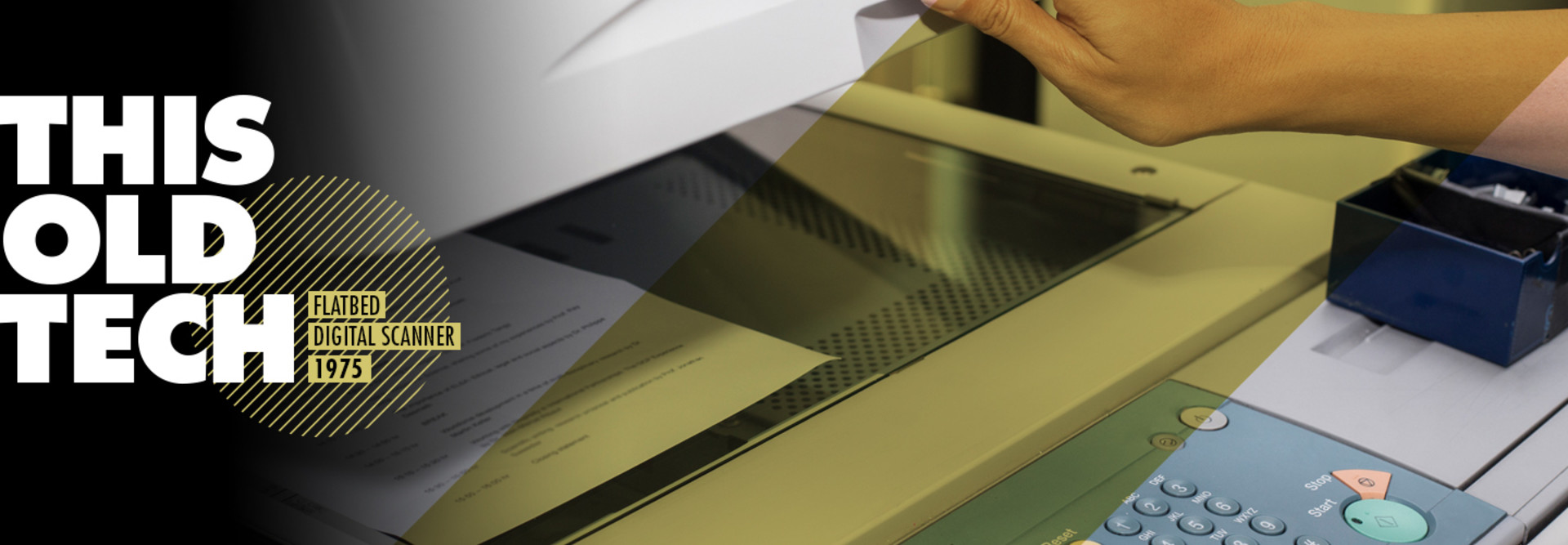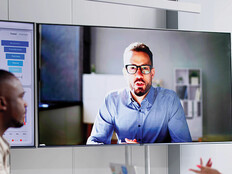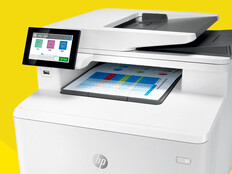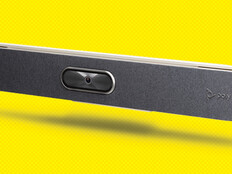How Digital Scanners Enabled a New Era of Document Management
What is one thing that state and local governments all have in common? They store a lot of records on residents.
State and local governments collect and store everything from tax records to licenses, registrations, certificates and other documents from residents, not to mention agencies’ own documents. All of that creates quite a paper trail. Thanks to the advent of the digital scanner in the mid-1970s, state and local governments have had the ability to digitize such records.
According to a recent report from the National Association of State CIOs, produced along with the Council of State Archivists, between 2006 and 2016, the number of state and territorial electronic records skyrocketed by 1,693 percent. During that time, the report noted, there was also a 445 percent growth in electronic versus paper records in state and territorial archives.
That would not be possible without the digital scanner and corresponding digital storage systems. Digital scanning makes it easier for state and local governments to preserve records, for residents to fill out forms and send them electronically, and for government businesses to become more efficient as a result.
Today, digital scanners are almost an afterthought, integrated into multifunction printers that are as common in government offices as laptops and smartphones. Yet it was not always so. How did the digital scanner come to be? And how can state and local governments make the best use of them?
MORE FROM STATETECH: Find out how state CIOs should preserve digital records.
HOW the Digital Scanner Came to Life
Optical, automated light sensor technology had been available since the early 1900s and was used in digital fax scanning systems, according to Digital Images for the Information Professional by Melissa Terras. For decades, scanners had been known as “drum scanners,” where the article to be scanned was “wrapped around a drum while a single cathode ray light sensor checked the brightness at a single spot, becoming a chain of observations as the drum continually spun the image,” Terras writes.
However, Terras notes, there was no capacity to store these scans, which were created to enable the transmission of a digital image.
The first image scanner developed to input images into a computer was a drum scanner. It was built in 1957 at the U.S. National Bureau of Standards (now the National Institute of Standards and Technology) by a team led by Russell Kirsch. In 1964, R.T. Moore, M.C. Stark and L. Cahn at the National Bureau of Standards “built a precision scanner that could accommodate a much larger image, built around a commercial lathe body offering dimensional precisions of 1/200 inch and capturing 2.98 million pixels of information at one of eight levels of grey,” Terras writes.
Such machines were bulky and required special magnetic tape machines to save the scanned information. In the late 1960s and early 1970s, researchers at Bell Labs, George Smith and Willard Boyle, worked on a method to capture images based on silicon’s reaction to light, and the ability to transfer the resultant electrical charge along the surface of a semiconductor. They constructed a device which contained an array of linked light-sensitive sensors, known as charge-coupled devices or CCDs, according to Terras.
CCDs were integrated into scanner technology in the 1970s. However, it was Ray Kurzweil who developed both optical character recognition technology and the notion of a flatbed scanner, in which the sensor could move across the paper instead of the paper moving around a drum, Terras notes.
In 1975, the first system capable of scanning a printed page in multiple type styles and converting it to comprehensible full-word speech was completed, according to Kurzweil’s history of the scanner. The scanner was part of a larger system known as the Kurzweil Reading Machine, which converted print to speech, and was designed as a reading prosthetic aid for the blind and visually impaired.
As the Houston Chronicle notes, “This scanner only worked on a horizontal strip a little more than an inch high and had no more than 64 kilobytes of memory. Eventually, engineers improved scanner resolution and memory capacity, allowing these devices to record images as large as 9600 dpi.”
Falling costs for computer components led to the development of less expensive and more capable scanners, including from Microtek in 1985 and Xerox and Kodak in 1991, according to Terras. The TWAIN standard for interfacing scanner software with computer hardware was introduced in 1992, Terras notes, and that “provided a standard set of function calls by which a computer could control the features of any brand of scanner.”
“By the 2000s, flatbed scanners were inexpensive and reliable, with entry-level devices costing as little as $60,” the Chronicle notes.
WHAT Is the Role of Scanners in State and Local Government?
Flatbed scanners are now viewed as “essential, affordable and peripheral” devices, Terras notes.
However, as digital imaging guidelines from the Library of Virginia note, “Because most agencies and localities do not have the appropriate scanning equipment, software or staff expertise to execute a large imaging project, vendors have become integral to the world of digital imaging.”
Since quality varies among vendors, selecting the right one is crucial to digital scanning projects, the guidelines say.
Agencies’ imaging systems procedures “should incorporate a standards-based environment,” which may include “a comprehensive set of standards-based interfaces, services and supported formats that enable portability and interoperability of applications and data,” the guidelines say.
Standards “allow systems to change over time without significant risk of losing records,” the document notes and also “facilitate the importing and exporting of images.”
Scanners are today seen as an afterthought, but without them, records would remain on paper and government business would be much less efficient.
"This Old Tech" is an ongoing series about technologies of the past that had an impact. Have an idea for a technology we should feature? Please let us know in the comments!










